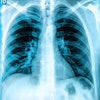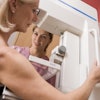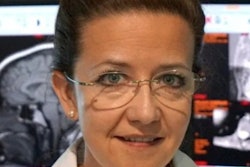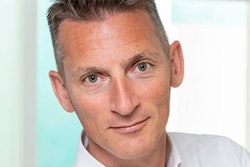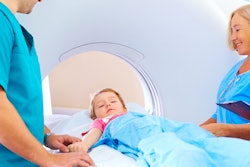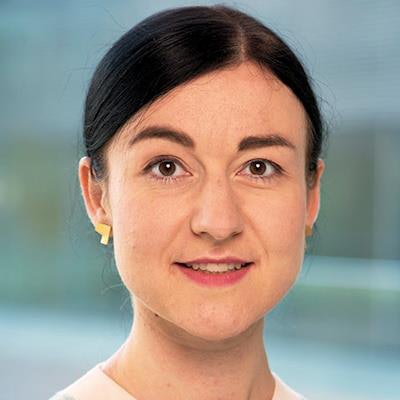
Dr. Paula Louise Piechotta, a radiologist at Leipzig University Hospital, Germany, and a candidate for the Alliance 90/Green party (Bündnis 90 / Die Grünen party), was elected to the German Federal Parliament (Bundestag) in September.
In this Q&A interview with the German Röntgen Society (Deutsche Röntgengesellschaft, DRG), Piechotta, a member of DRG since 2018, discusses the representation of doctors in parliament and the need for reform in health policy.
Q: What motivated you to stand for parliament?
A: At the end of my school career, I had to look after family members for a short time and I experienced the limits of the health system and how often family members of patients were left alone. That was the reason I studied medicine. Also, I've been with the Greens for eleven years and have always been involved in health policy. Corona has made it clear how important politics are in the health sector, particularly for working conditions. In Germany, we talk a lot about jobs in the automotive and coal industries, but many more people work in the healthcare sector -- numbers are estimated at between 4 million and 6 million people. Giving them a more audible, stronger voice in parliament is very important and was a strong motivation for me.
Q: Are you going to give up your work as a radiologist at the Leipzig University Hospital or do you want to do both?
A: I definitely want to remain in healthcare to stay on top of the problems, but I will reduce my hours, because otherwise people are naturally afraid that you can no longer do justice to parliamentary work. However, the Act on Members of Parliament lays down relatively strict rules. We are still in discussions about how we can best achieve balance.
Q: Fifteen doctors and nurses will be represented in the new parliament. How important is it that these professional groups are represented?
A: What I find exciting is that Corona has increasingly given many in the healthcare sector a push to become politically active. The parties have also recognized how important it is to have people from the health sector in their ranks. It's crazy how many doctors are now in the new parliament. There are five from the Green Party alone, and seven from the Social Democratic Party (SPD). The representation of doctors and nurses in parliament will give the topic more weight. It will also make a difference that there are more practitioners from the health sector on the health committee.
Q: What are the most important health policy issues that need to be addressed in the future -- in healthcare, but perhaps also in radiology?
A: There is room for improvement in radiology, for example in areas such as improving radiation protection, and quality assurance, including that for outpatients. Nevertheless, I would like to formulate my answer in a more general way, because in the end, it is not just radiology but many medical disciplines that are affected by what the overall care landscape looks like. I see the security of medical care in rural regions, which are structurally weak and outdated, as an important health policy issue. This is a very important task, especially for us here in Saxony.
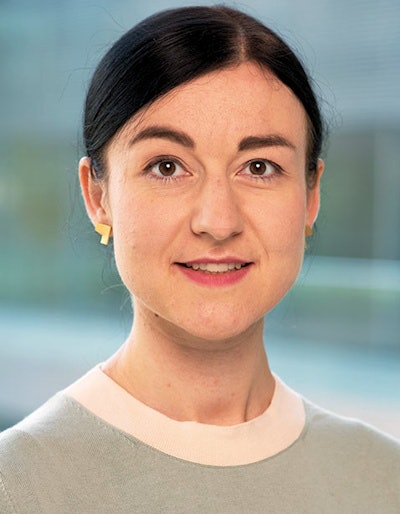 Dr. Paula Louise Piechotta from Leipzig. Photo courtesy of the DRG and Philip Knoll.
Dr. Paula Louise Piechotta from Leipzig. Photo courtesy of the DRG and Philip Knoll.The second most important task is to maintain the statutory health insurance (SHI) benefits catalog. Following the cash review and the developments in recent years under Health Minister Jens Spahn, we will now see that a lot has to happen in SHI financing. We will fight to ensure that the statutory health insurance benefits are not reduced. In some cases, we want to raise them back to the previous level, for example for glasses and visual aids.
Hospital reform is also important, as is the question of how we can manage to get a better structure in the hospital landscape, including new remuneration. This is where the issue of investment costs comes into play, investment which the federal states do not make sufficiently available -- with the result that our clinical working conditions are sometimes poor because staff are being cut in order to make investments.
In our opinion, the federal government should start financing investment costs. The nursing reforms and the reform of the law on health professions are also very important issues.
Q: When it comes to hospital reform, for example, are you thinking of the centralization and specialization of clinics?
A: The subject of hospital reform is a very emotional issue for many, and we have to find a good solution here. We know that many indications can be performed to a particularly high standard of quality if a certain number of cases is achieved. Discussions have been ongoing for years, especially in the Federal Joint Committee. We need to do a much better job of communicating to the public that centralization and specification in the hospital landscape makes sense, especially for elective treatments. At the same time, we need to create quickly accessible emergency centers and integrated care centers in rural areas and in the countryside.
Q: During the election campaign you talked a lot about protecting doctors and nurses from being overburdened. What does good occupational health protection look like?
A: The topic belongs to the area of hospital reform because hospital reform and change in the financing of investment offer the possibility of improving working conditions very directly. In the Health Committee in particular, we should campaign to ensure that any future reform in the health system always takes into account the effects on the working conditions of those employed there. For example, when we introduced the minimum staffing levels for nursing, no one thought about the effect that this would have on other professional groups in the hospital.
We are now seeing that the moment you can't cut back on nursing, you cut back on physician positions. That wasn't the idea, and we have to get to grips with that. Of course, it is also a matter of continuing to work to ensure that duty rosters are reliable, working time regulations are adhered to and occupational health management, particularly in the prevention of burnout and overload situations, is significantly improved.
Q: The DRG recently founded the Sustainability@DRG Commission to establish the topic of sustainability in radiology. The occupational health protection you mentioned is one way to achieve more social sustainability in healthcare. Where do you see further starting points for making healthcare more sustainable?
A: There are three key areas: Hospitals need to become climate-neutral. That's an incredibly big task because clinics are still extremely energy-intensive facilities. Of course, radiology, as a particularly energy-intensive specialty, is also called upon to do this.
The second point is sustainable personnel development. For me, that doesn't just mean improving working conditions. We also have to make it so that those who train in the health sector actually want to work in this area until they retire. Healthcare professionals, especially the nonacademic ones, also need better opportunities for advancement.
In addition, we need to do more overall to promote evidence-based medicine and, for example, avoid certain duplicate examinations, and nonindicated treatments. This, too, is a facet of sustainability in medicine: By dispensing with unnecessary treatments, we create more capacity elsewhere for maximum quality, and humane and dignified treatment.
Q: DRG also founded a Diversity@DRG commission some time ago. What experiences have you had with this, as a radiologist or physician in general?
A: The biggest ally for achieving more diversity in radiology is the shortage of specialists. We see that during selection processes, bosses tend to choose and hire people who resemble them. In times of skilled worker shortages, however, this is becoming increasingly difficult. This is a fundamental reason why, for example, women in radiology also have increasingly better opportunities for advancement -- not because of programs to promote women but because in some cases there are no longer any staff alternatives. This also applies to people with a migration background and, in very small numbers, also to people with disabilities.
Editor's note: This is an edited version of a translation of an article published in German online by the DRG. Translation by Frances Rylands-Monk. To read the original version, go to the DRG website.


